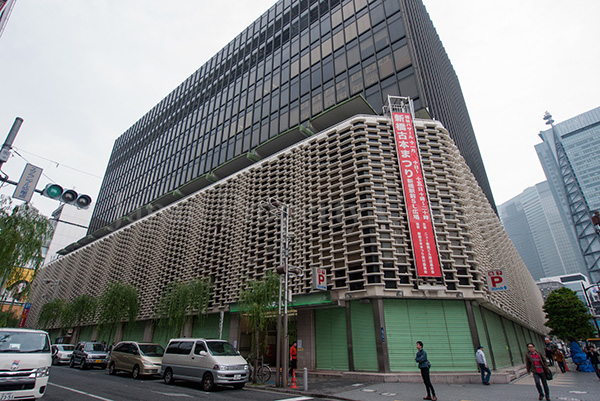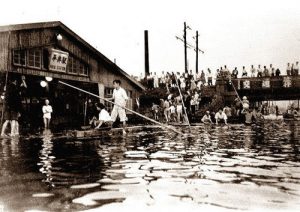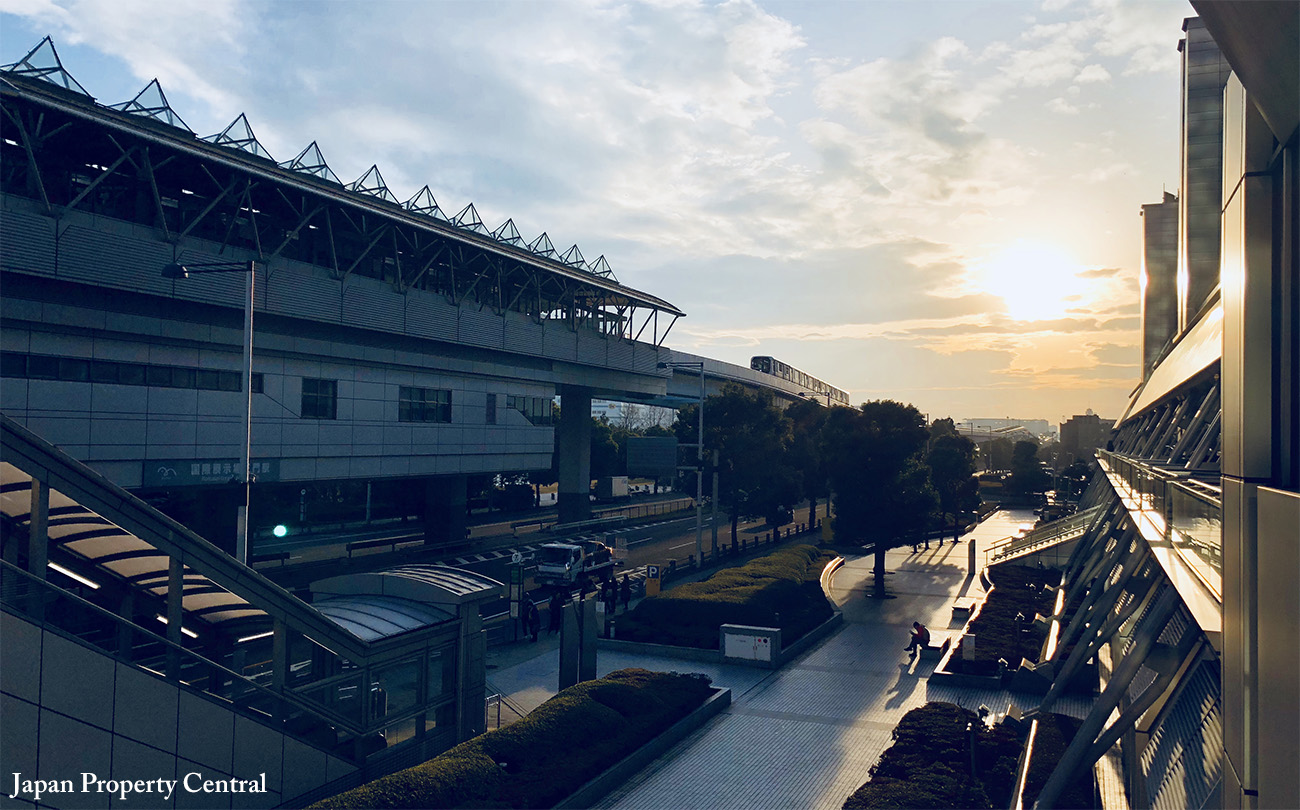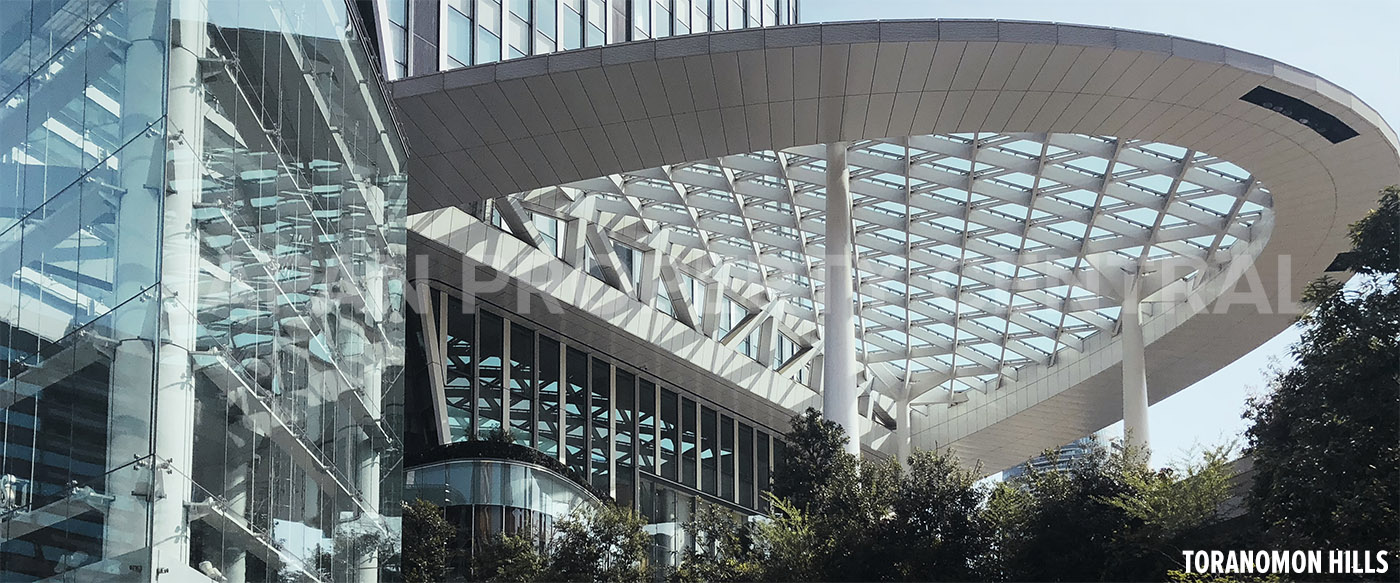Renovation company Intellex joins Kyoto guesthouse market
April 11, 2018Japan real estate,japan real estate market,Traditional Japanese Homes,Kyoto Machiya,machiya,Japan Real Estate NewsReal Estate News,All,Hotel News,Kyoto

Intellex, a property renovation giant, announced their entrance into Kyoto’s guesthouse market. The company will start buying traditional machiya townhouses, renovate them and operate them as licensed guesthouses for tourists who want to rent an entire house for the duration of their stay. The project cost is estimated at 480 million Yen (approx. 4.5 million USD) to be spread across five guesthouses.
Their first guesthouse is a 100-year old, 2-storey machiya house located alongside Chawan-zaka, the road that leads up to Kiyomizu Temple. It has a total building size of 111 sqm (1,194 sq.ft) and can host groups of up to 10 guests. Nightly rates range from 36,000 ~ 60,000 Yen and up, depending on the season and number of guests.Read more
Home buyers and sellers: Building inspection guidelines introduced this month
April 10, 2018Japan real estate,japan real estate market,Japan Real Estate News,Japan Building Inspections,Home Inspections in JapanProperty Purchasing Guide,Real Estate News,All,Laws and Lawsuits

From April 1st, 2018, licensed real estate agencies must include a clause in agency agreements with buyers and sellers that make note of home inspections. The added clause will indicate (1) whether the real estate company has an affiliated home inspection agent that they have a referral program with, and (2) if a home inspection has been carried out within the past 12 months and the main details of those inspection results.
If an inspection has been carried out, the contract of sale will have a clause whereby the seller and buyer both confirm the results of the inspection. An outline of the results will also be included in the Explanation of Important Matters documentation which is read to the buyer before contract documents are signed.
It is important to note that there is no obligation or requirement for a seller to carry out a home inspection, although it is hoped that the revision will make more consumers aware of building inspections. A seller might choose to carry out an inspection when listing their home for sale to provide some comfort to potential buyers.Read more
30% of old buildings in Tokyo at risk of collapse in strong earthquake
April 9, 2018Japan real estate,japan real estate market,tokyo real estate,Tokyo real estate market,Japan Real Estate NewsEarthquake Information,Real Estate News,All,Tokyo

On March 29, the Tokyo Metropolitan Government released data from earthquake resistance inspections on public buildings built to the old ‘kyu-taishin’ earthquake codes (pre-May 1981). A total of 251 kyu-taishin buildings, representing a third of the total, were determined pose some risk of collapse in the event of an earthquake producing a seismic intensity scale (shindo) of a 6-upper or above. Of those, 156 were found to be at high risk of collapse.
The publication of this data is the result of a revision to the Act for Promotion of Renovation for Earthquake-Resistant Buildings that was introduced in November 2013. Under this revision, public buildings used by an unspecified number of people, such as hotels and commercial facilities, with a floor area over 10,000 sqm and built to the old kyu-taishin earthquake codes are obligated to carry out earthquake resistance inspections, the results of which are made public. This also applies to old buildings located alongside emergency roads. Although the revision requires building owners to carry out inspections, there are no obligations or requirements to conduct the retrofitting.Read more
Central Tokyo’s 3 wards to see 30%+ population growth by 2045
According to estimates by the Ministry of Health, Labour and Welfare’s National Institute of Population and Social Security Research, the population of central Tokyo’s three wards (Chiyoda, Chuo and Minato) is expected to increase by over 30% by 2045 as more and more people move to the city center. In contrast, the Tama district, which is the very western side of Tokyo and includes Hachioji, Tachikawa, and Mitaka, is expected to see a double-digit percentage drop in resident population. By 2045, Tokyo will be the only district out of Japan’s 47 prefectures to have seen an increase in population.Read more
Tokyo's latest flood map puts a third of city in risk zone
April 5, 2018Tokyo Flood RiskAll,Tokyo

On March 30, the Tokyo Metropolitan Government issued a new flood map based on a super typhoon hitting the nation’s capital. Approximately a third of Tokyo’s 23 wards, representing 212 square kilometers, could be at risk of being flooded by a storm surge. Almost all of the flood risk zones are located in the eastern part of Tokyo which is a low-lying district. Central Tokyo, with the exception of some of the waterfront districts, and the western side of Tokyo is on elevated ground and outside of the risk area.
If levees are breached, some areas in eastern Tokyo could see flood waters with a depth of over 50cm covering an area up 84 square kilometers for a week or longer. The maximum flood depth could exceed 10 meters in some zones. Sumida and Koto wards could see an average flood depth of around 7 meters.
The 1 in 1,000 ~ 5,000 year worst-case flooding scenario is based on the scale of the 1934 Muroto Typhoon that made landfall in Muroto, Awaji Island and Kobe. It caused tremendous damage in Osaka. Over 3,000 people lost their lives and 200,000 were left homeless. The typhoon brought a tide of 3 ~ 4 meters which inundated 49 square kilometers of Osaka City. The simulation is also based on the speed of Typhoon Vera, or the Isewan Typhoon, which struck the Tokai region in 1959.Read more
Apartment prices take a dip in Tokyo Bayside island district
April 4, 2018Japan real estate,japan real estate market,tokyo real estate,Tokyo apartment prices,Tokyo real estate market,Japan Real Estate NewsReal Estate News,Market Information,All,Tokyo

According to data compiled by Tokyo Kantei, the average asking prices of second-hand apartments in several districts on the manmade islands in Tokyo Bay have declined over the past two years. This is despite the hype from the upcoming 2020 Tokyo Olympics, which will see several facilities and the Athletes Village constructed on these islands. The report covered family-type apartments listed for sale between June and August 2017, comparing them to average asking prices in 2015 and 2016.
Kokusai-tenjijo Station Area:
Serviced by the Rinkai Line, this station is about 450 meters from the Tokyo Big Sight exhibition hall and opposite the Ariake Tennis Courts and Ariake Colosseum. A 1500-unit large-scale apartment complex is currently under construction not far from this station with completion scheduled in early 2020. Apartments in this new project have an average price of around 1,000,000 Yen/sqm. Meanwhile, the average asking price of a second-hand apartment in this district was 679,000 Yen/sqm, down 5.9% from 2016 and down 8.9% from 2015.Read more
Tokyo Apartment Sales in March 2018
April 3, 2018Japan real estate,japan real estate market,tokyo real estate,Tokyo apartment prices,Tokyo real estate market,Japan Real Estate NewsReal Estate News,Sold Properties,Market Information,All,Tokyo

The following is a selection of apartments that were reported to have sold in central Tokyo during the month of March 2018:Read more
